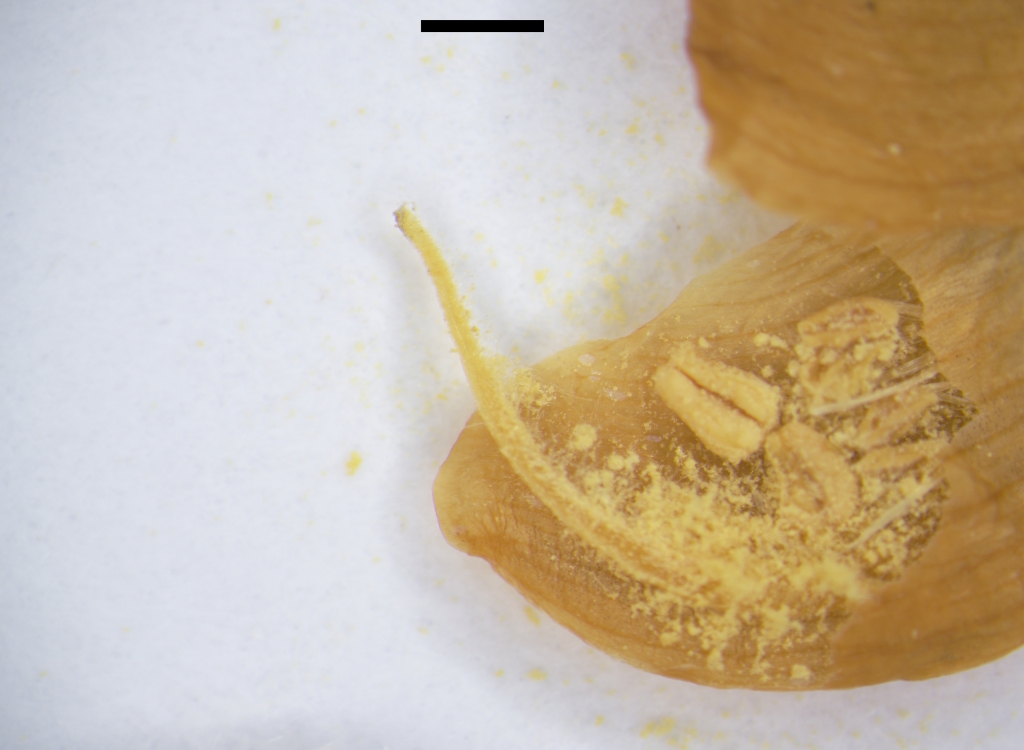Swainsona phacoides
Benth. Dwarf Swainson-peaProstrate or ascending perennial or ephemeral herb, to 30 cm tall; stems often densely pubescent with asymmetric medifixed hairs; hairs 1–1.5 mm long, appressed or with both ends raised. Leaves mostly 5–10 cm long; leaflets 5–13, narrow- to broad-elliptic, leaflets 5–30 mm long, 1–5 mm wide, apices acute to obtuse or emarginate, both surfaces densely to sparsely pubescent; stipules to c. 5 mm long. Racemes 1–10-flowered; flowers mostly 10–15 mm long; calyx densely pubescent, teeth longer or shorter than tube; petals pale to dark reddish-purple; standard usually 7–14 mm long, 7–14 mm wide, broad-ovate to suborbicular, tapering to base; keel mostly 10–15 mm long, longer than wings, apex acute to obtuse; style tip slender and straight. Pod obovoid to obloid, 10–30 mm long, 4–12 mm wide, inflated, with long, fine spreading tubercle-based hairs; stipe to c. 0.5 mm long; seeds to c. 40, cordate, c. 1.7 mm long, olive-green to brown. Flowers mainly Aug.–Oct.
LoM, MuM, VRiv, RobP, MuF, Gold. Also WA, NT, SA, Qld, NSW. Rare in Victoria, confined to the north-west downstream of about Echuca and occurring mostly on low dunes or sandy rises associated with lakes or the Murray River, occasionally on plains with heavier soils, rarely in deep sand mallee. A historic record attributed to the Bendigo region was doubtfully recorded in that area.
See note under S. sericea.
Jeanes, J.A. (1996). Fabaceae. In: Walsh, N.G.; Entwisle, T.J., Flora of Victoria Vol. 3, Dicotyledons Winteraceae to Myrtaceae, pp. 663–829. Inkata Press, Melbourne.
 Spinning
Spinning


